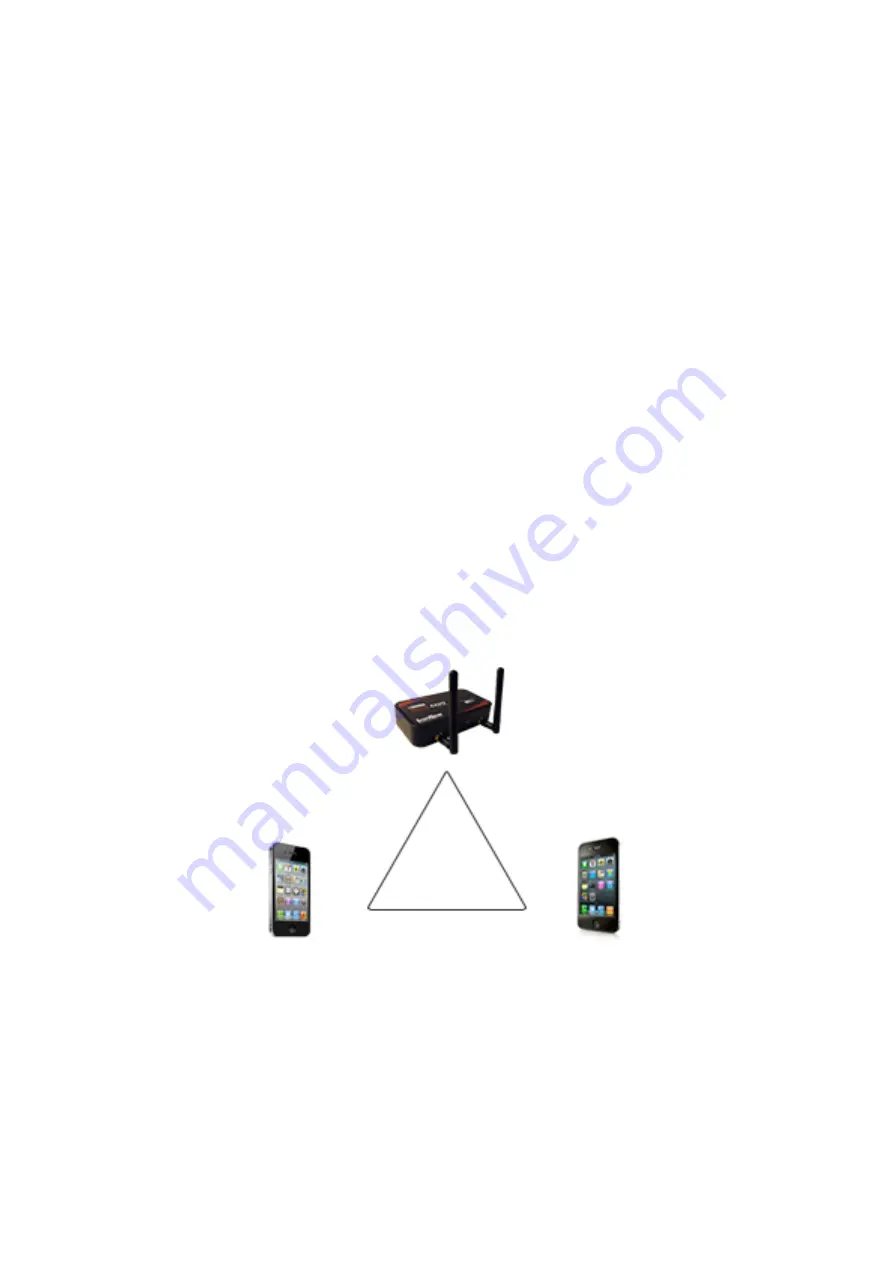
Mitigating path loss and interference
Bluetooth
device design contributes to mitigating environmental effects on propagation through spread
spectrum radio design, for example. However, careful planning of the testing environment can also
contribute to reliable data capture process.
The first step to ensuring reliable air-sniffing data capture is to understand the RF characteristics of the
Devices Under Test (DUTs). The
Bluetooth
Class, antenna types, and radiation patterns are all important factors
that can affect the placement of the DUTs and the Frontline hardware. Radiation patterns are rarely spherical,
so understanding your device's radiation patterns can greatly enhance successful data capture. Position
devices to avoid radiation attenuation by the surroundings.
This step is optional: Consider conductive testing to establish a baseline capture. Conductive testing isolates
the DUTs and analyzer from environmental effects.
The next step is to ensure that the testing environment is as clutter-free as possible.
l
Line-of-sight obstructions should be eliminated between the Frontline hardware and the DUTs because
they cause a reduction in signal strength. Obstructions include, but are not limited to: water bottles,
coffee cups, computers, computer screens, computer speakers, and books. A clear, unobstructed line-of-
sight is preferred for DUT and Frontline hardware positioning.
l
If using an analyzer connected to a computer, position the computer on an adjacent table or surface away
from the analyzer and DUTs, taking advantage of the cables' length. If this is not possible, position the
computer behind the analyzer as far away as possible. If using the Frontline FTS4BT, which is a dongle,
either use an extension USB cable or position the computer such that the dongle is positioned towards the
DUTs.
l
The preferred placement is positioning the DUTs and the Frontline hardware at the points of an
equilateral triangle in the same horizontal plane, i.e. placed on the same table or work surface. The sides
of the triangle should be between 1 and 2 meters for
Bluetooth
transmitter classes 1 and 2. The distance
for transmitter class 3 should be 1/2 meter.
Figure 4.1 - Devices Equally Spaced in the Same Horizontal Plane
Finally, eliminate other RF sources.
TELEDYNE LECROY
Chapter 4 Capturing and Analyzing Data
30
Frontline BPA low energy Hardware & Software User Manual
Summary of Contents for BPA LOW ENERGY
Page 1: ...Hardware and Software User Manual Revision Date 1 3 2017...
Page 222: ......
















































